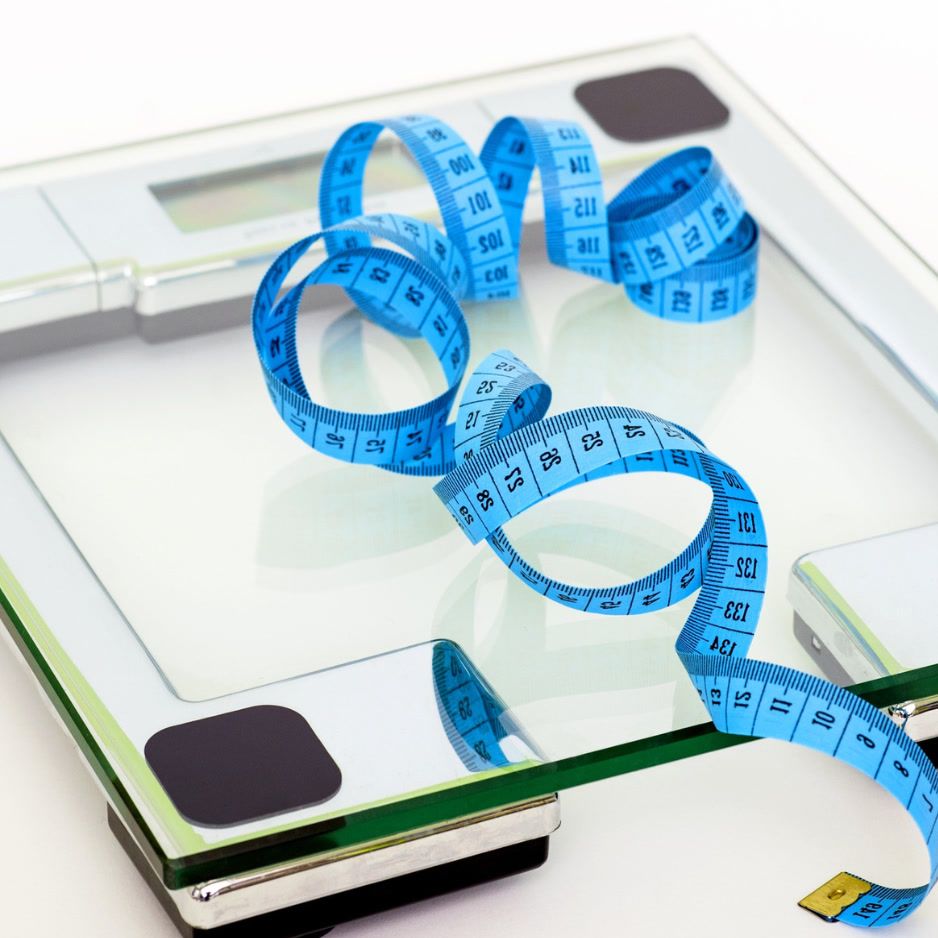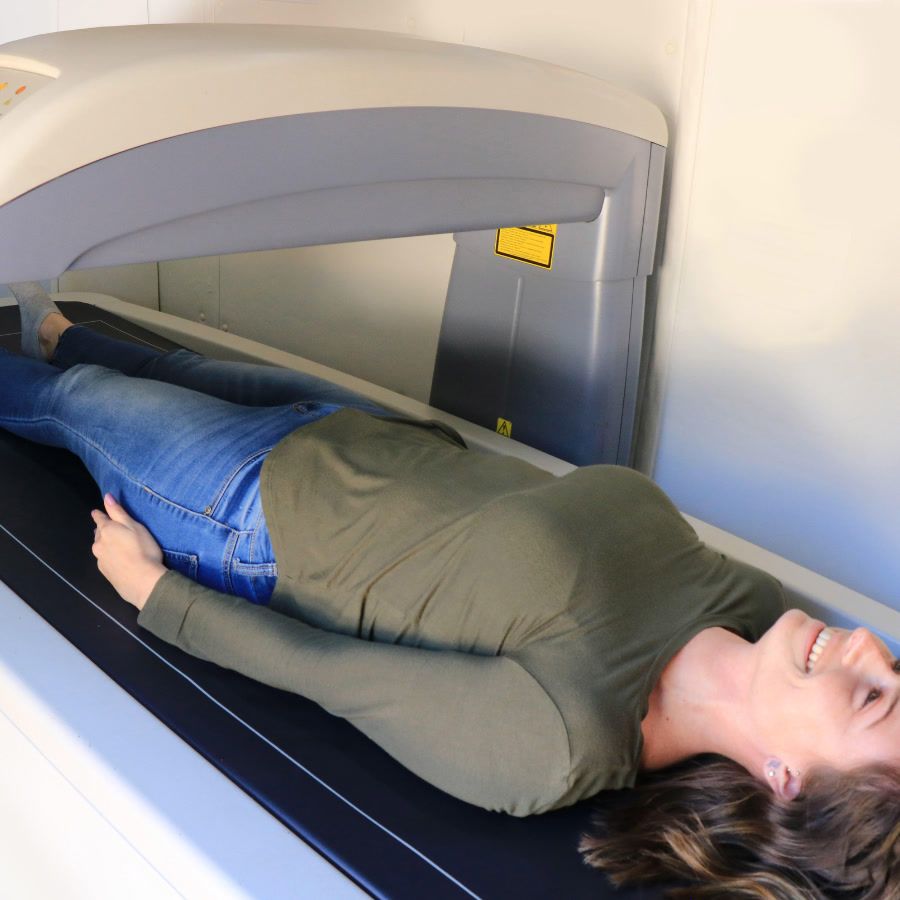Should You Take Creatine While Trying to Lose Belly Fat?

Does Creatine Help With Weight Loss? The Evidence-Based Guide
Quick answer: Creatine itself does not directly melt body fat, but it can indirectly support fat-loss goals by 1) preserving lean muscle during a calorie deficit, 2) boosting training performance so you burn more calories, and 3) helping you maintain resting metabolic rate by preserving metabolically active muscle tissue—an effect supported by lean-mass findings in older adults (Forbes et al. 2019).
Table of Contents
- What Exactly Is Creatine?
- Should I Take Creatine When Trying to Lose Weight?
- Creatine, Body Weight, and “Water Weight”
- How Creatine May Support Fat Loss
- What Studies Say About Creatine and Weight Loss
- Potential Drawbacks of Creatine for Weight Loss
- Myth-Busting & FAQ
- How to Use Creatine During a Weight-Loss Phase
- Track Progress With a BodySpec DEXA Scan
- Key Takeaways: Creatine and Weight Loss
What Exactly Is Creatine?
Creatine is a naturally occurring compound stored in muscle as phosphocreatine. During high-intensity exercise the body taps this reserve to rapidly recycle ATP—the energy currency powering muscle contraction. Supplemental creatine simply tops up this fuel tank so you can squeeze out an extra rep or sprint (Cleveland Clinic).
Should I Take Creatine When Trying to Lose Weight?
Short answer: Yes—for most healthy adults. Creatine helps you keep the muscle you already have (and maybe gain a bit more) while dieting, which supports a higher resting metabolic rate and better gym performance. The small 2–5 lb “water weight” bump is inside the muscle cell—not on your waistline—and typically subsides after you discontinue the supplement (Kreider et al. 2022).
Want more nuance? We previously covered creatine during a belly-fat cut in Should You Take Creatine While Trying to Lose Belly Fat?.
Exceptions where you might skip creatine: unmanaged kidney disease, a required rapid weigh-in in < 7 days, or if you’re extremely sensitive to GI distress (try a lower dose first).
Creatine, Body Weight, and “Water Weight”
Many people notice the scale jump 2–5 lb (≈1–2 kg) during the first week of creatine use. That’s intracellular water drawn into muscle along with the creatine molecules—not fat. Think of it as inflating a sponge, not adding padding.
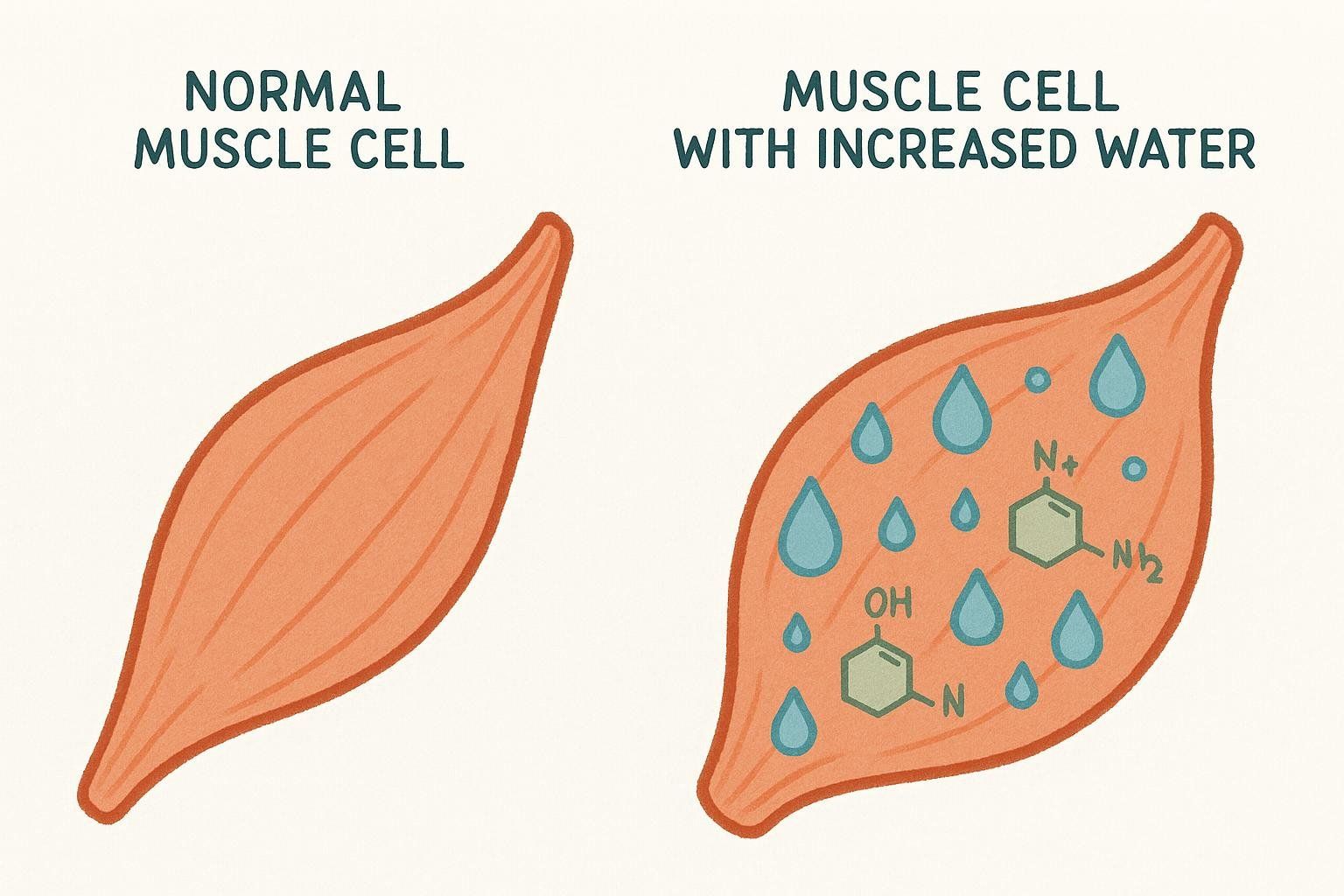
Good news: More water inside muscle improves leverage and may even stimulate protein synthesis. It does not increase visceral or subcutaneous fat. Learn more in What Is Water Weight?.
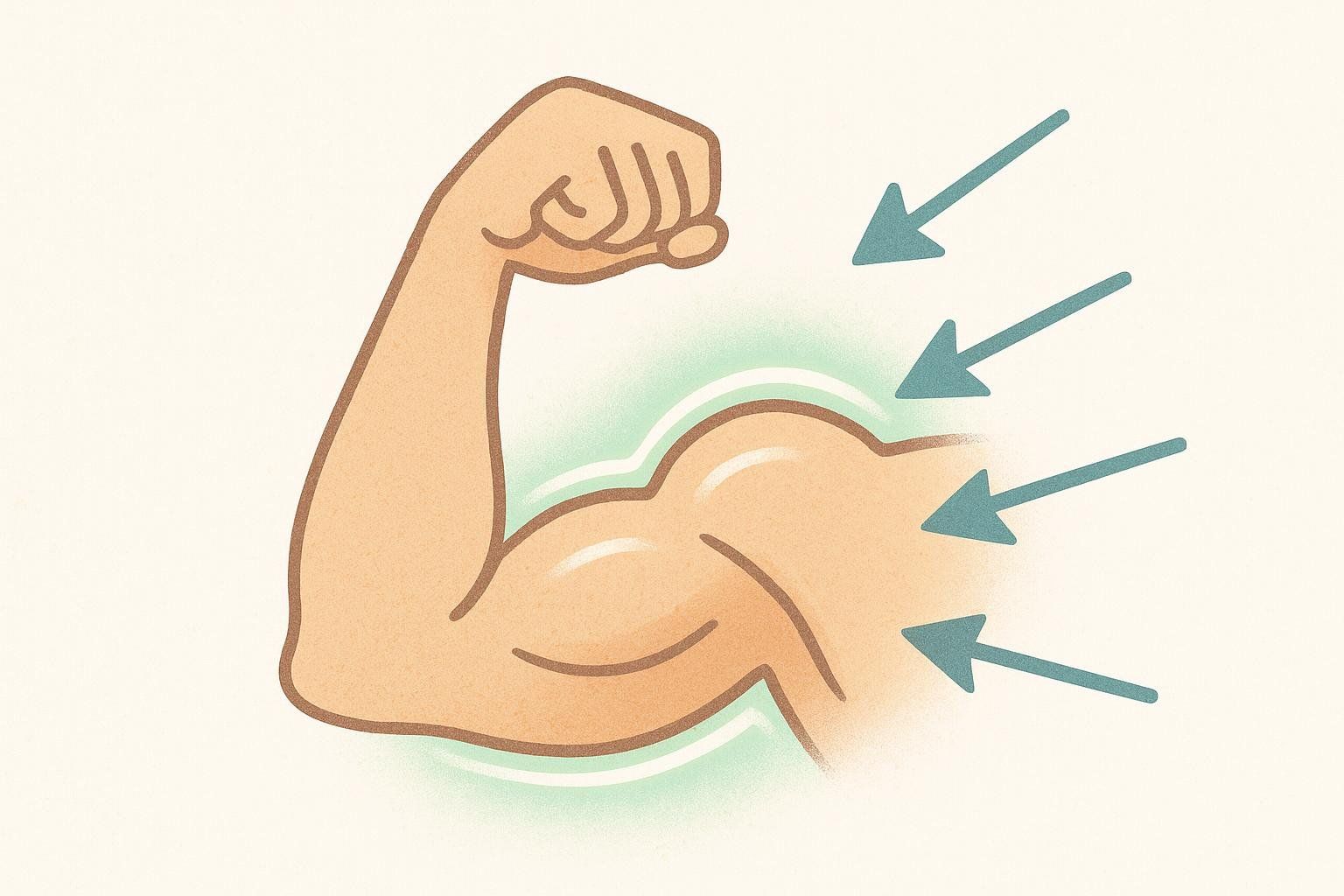
How Creatine May Support Fat Loss
- Muscle preservation in a calorie deficit. Losing weight often costs muscle mass, which lowers daily calorie burn. Creatine counters this by maintaining strength and lean tissue.
- Higher training volume = more calories out. With more ATP on tap you can lift heavier or sprint longer, bumping total energy expenditure (Fernandez-Landa et al. 2023).
- Better maintenance of resting metabolic rate (RMR). Lean mass is the strongest predictor of RMR. Studies in older adults show creatine helps retain RMR by protecting muscle during weight-loss interventions (Forbes et al. 2019).

To see how to calculate your RMR, learn about BodySpec & metabolic rate.
What Studies Say About Creatine and Weight Loss
| Population & Study | Protocol | Effect on Body-Fat Metrics | Source |
|---|---|---|---|
| Adults ≥ 50 y + resistance training | 3–5 g/day for 12–52 wk | ↓ body-fat % by 0.55 percentage points; non-significant ↓ ≈ 0.50 kg absolute fat mass vs placebo | Forbes et al. 2019 |
| Adults < 50 y + resistance training | 5 g/day, 8–16 wk | ↓ body-fat % by 1.19 percentage points; no significant change in absolute fat mass | Fernandez-Landa et al. 2023 |
| Resistance-trained men (short-term energy restriction) | 20 g/day × 4 d | Maintained fat-free mass; similar fat loss to placebo | Ziegenfuss et al. 2002 |
| Meta-analysis (23 RCTs, all ages) | ≥ 5 g/day across studies | ↓ body-fat % by 0.88 percentage points vs training alone | Reis et al. 2024 |
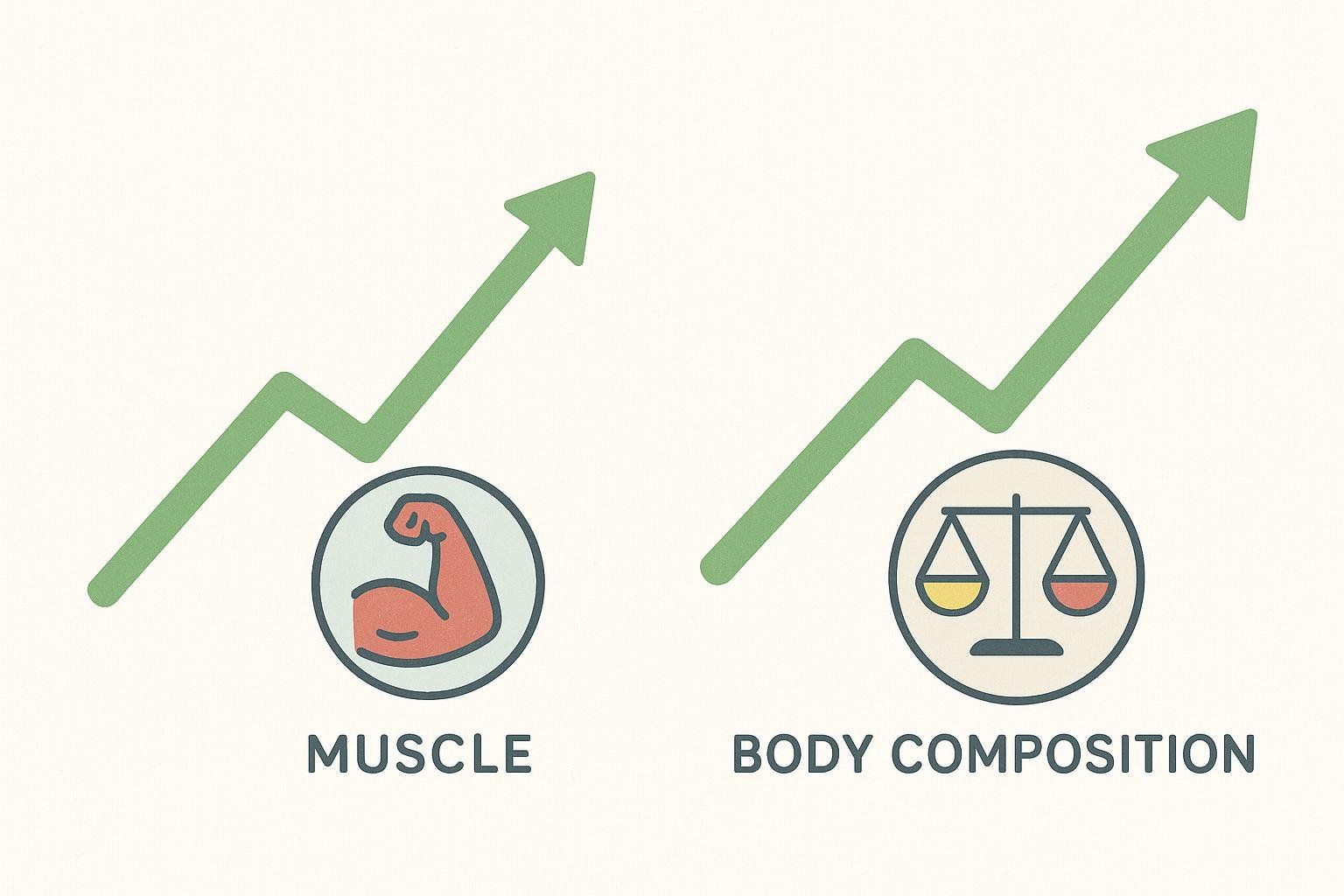
Bottom line: Across ages and protocols, creatine tends to preserve—and sometimes slightly improve—body-fat percentage when combined with resistance training. It is not a stand-alone fat burner.
Potential Drawbacks of Creatine for Weight Loss
While creatine offers clear benefits covered earlier—like muscle preservation and better training performance—it’s not perfect. Here are three cons to keep in mind:
- Transient weight gain from water. Those extra 2–5 lb can be discouraging if you obsess over scale weight instead of body composition.
- Mild gastrointestinal upset. About 5–7 % of users report bloating or cramping, especially during high-dose “loading” phases. Splitting doses or skipping loading often fixes it.
- Potential lab-value confusion. Creatine can elevate serum creatinine (a kidney function marker) without harming the kidneys—leading to false alarms on blood tests (Cleveland Clinic).
Myth-Busting & FAQ
Does creatine help to reduce belly fat?
Not directly. Creatine doesn’t target fat cells anywhere. However, by preserving muscle and training intensity, it can make your overall fat-loss program—including belly fat—more effective.
What supplement is best for fat loss?
There’s no magic pill, but evidence-supported options include caffeine (increases calorie expenditure), protein powder (supports satiety and muscle retention), and green-tea extract (small thermogenic effect). Prescription GLP-1 medications (e.g., semaglutide) are potent but require medical oversight—see Maximizing Fat Mass Loss with Ozempic for details. Regardless of the supplement, accurate tracking with DEXA scans and RMR testing drives better decisions than guesswork.
Does creatine make you look bloated?
Only temporarily inside muscle. If anything, increased muscle volume makes you appear leaner.
Will creatine stall the scale during my cut?
Expect a 2–5 lb water uptick; track body composition, not just scale weight. A DEXA scan separates fat, lean, and bone.
Is creatine hard on the kidneys?
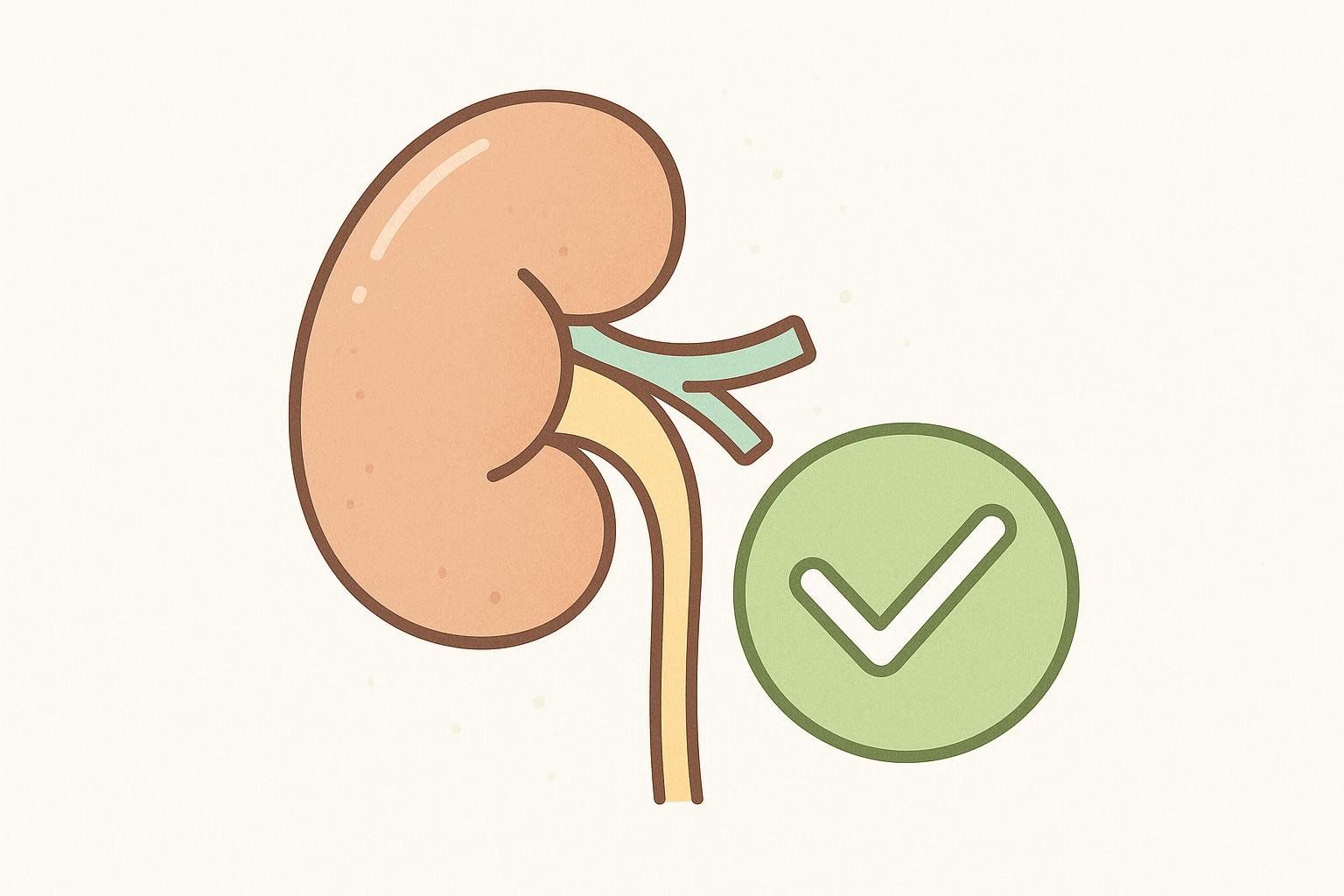
Dozens of trials in healthy adults show no adverse impact at ≤ 20 g/day for up to five years (Cleveland Clinic). If you have kidney disease, consult your physician.
Does timing matter?
Taking creatine post-workout with a carb/protein meal may boost uptake, but consistency beats timing.
Bust more myths in Supplements 101.
How to Use Creatine During a Weight-Loss Phase
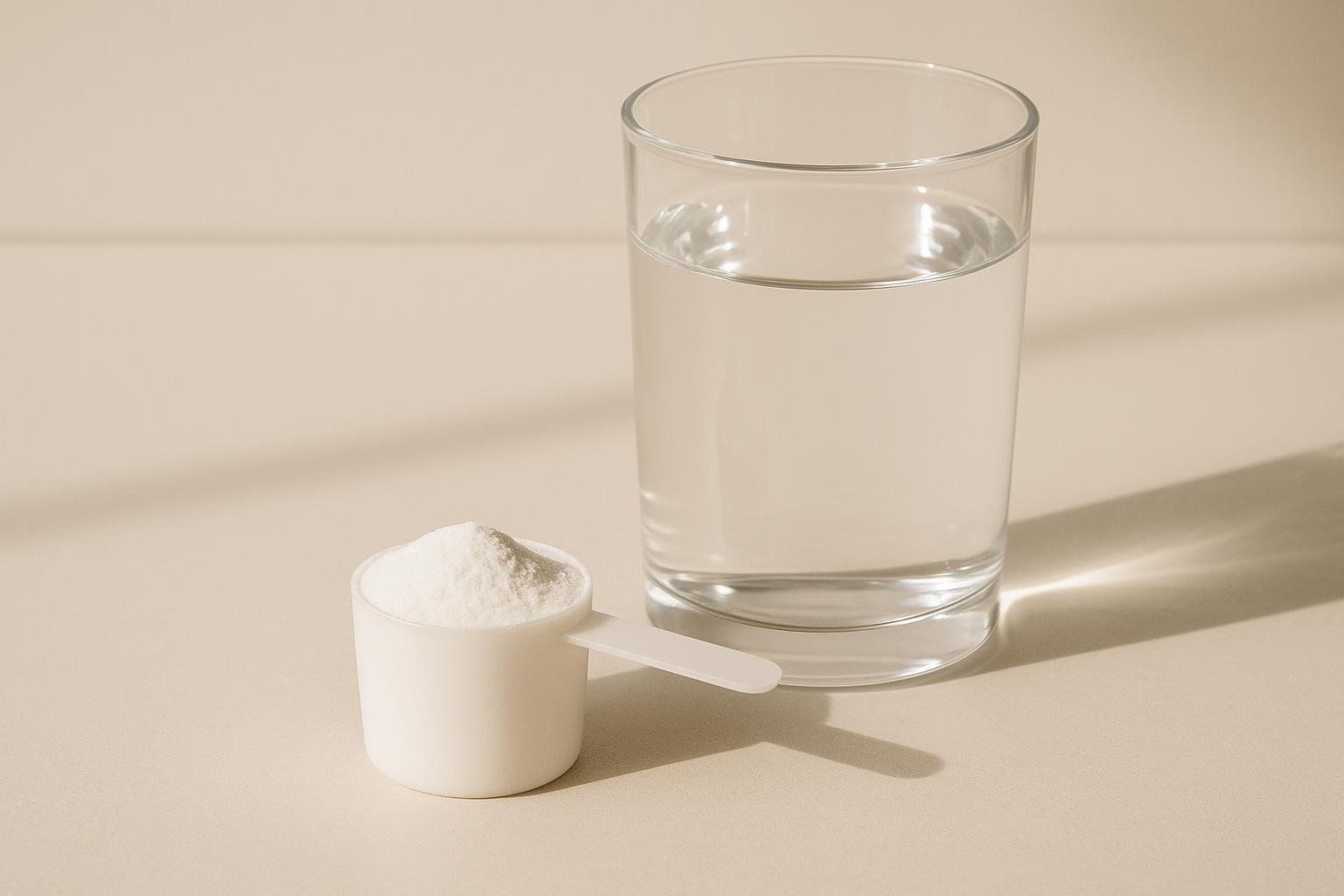
| Goal | Daily Dose | Timing | Pro Tip |
|---|---|---|---|
| Beginner cutting | 3–5 g | Any time with food | Skip loading; may be gentler on the stomach for some users |
| Athlete making weight | Load 20 g/day (4 × 5 g) × 5 d → 5 g/day | Post-workout | Stop 5–7 d pre-weigh-in to shed water weight |
| Adults 50+ preserving muscle | 5 g | Morning or post-lift | Pair with a protein shake to aid sarcopenia prevention |
Form matters: Choose Creapure® or NSF-Certified products to avoid contaminants.
Need guidance on structuring workouts during a cut? Check out Cutting vs Bulking: Which Is the Best Bodybuilding Strategy.
Track Progress With a BodySpec DEXA Scan
The scale can’t tell muscle from fat—or water. A BodySpec DEXA scan:
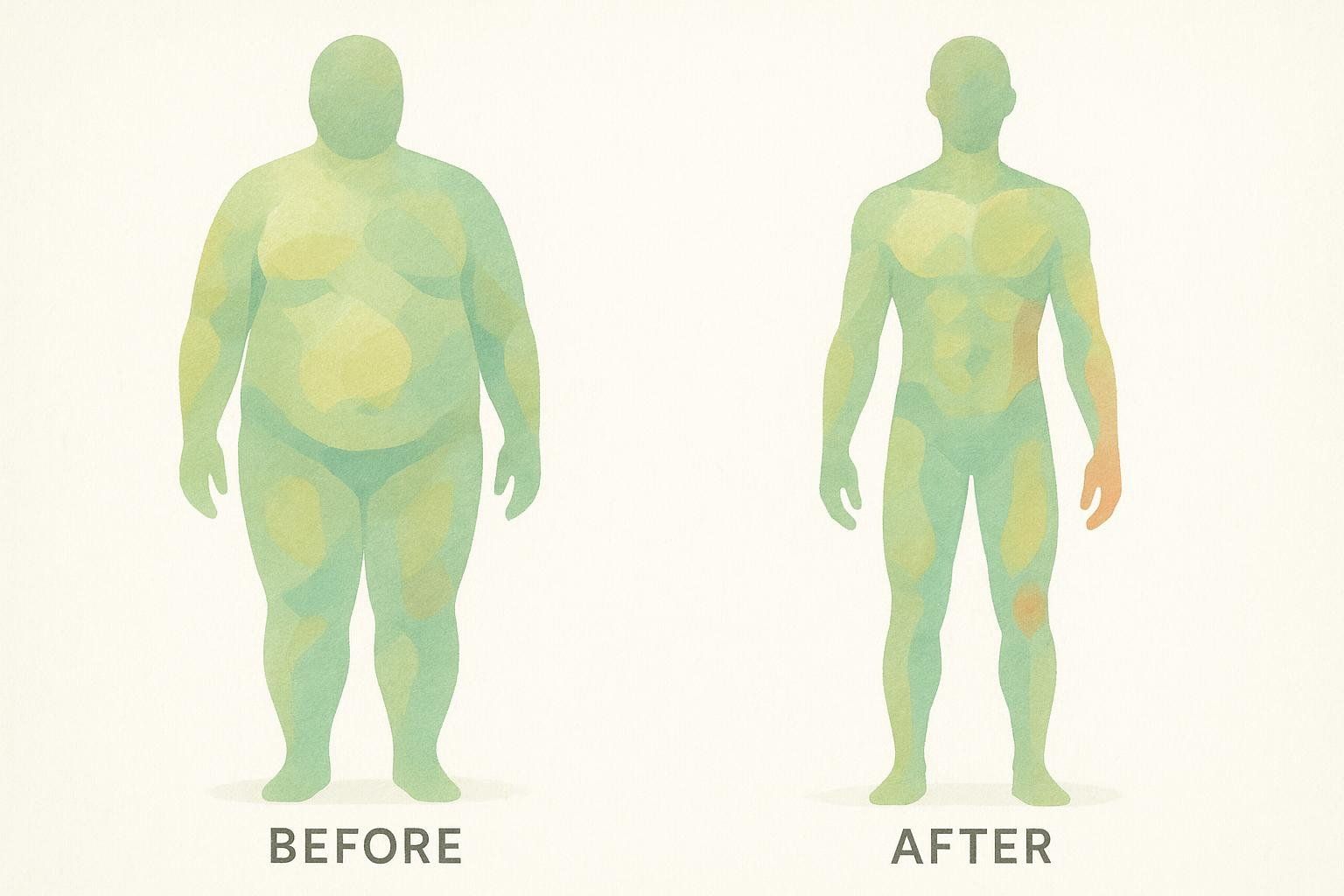
- Measures fat mass, lean mass, and visceral fat to 0.1 lbs.
- Reveals left–right imbalances so you can fine-tune workouts.
- Provides a concrete baseline before and after your creatine-assisted cut.
Ready to see if creatine is really working? Find a BodySpec location near you and book in minutes.
Key Takeaways: Creatine and Weight Loss
- Creatine doesn’t burn fat on its own, but it supports the conditions for fat loss.
- Pair it with resistance training, a slight calorie deficit, and objective body-composition tracking.
- For most healthy adults, 3–5 g of creatine monohydrate per day is safe, affordable, and effective.
Stay data-driven, and let BodySpec help you accurately track your body-composition changes.
